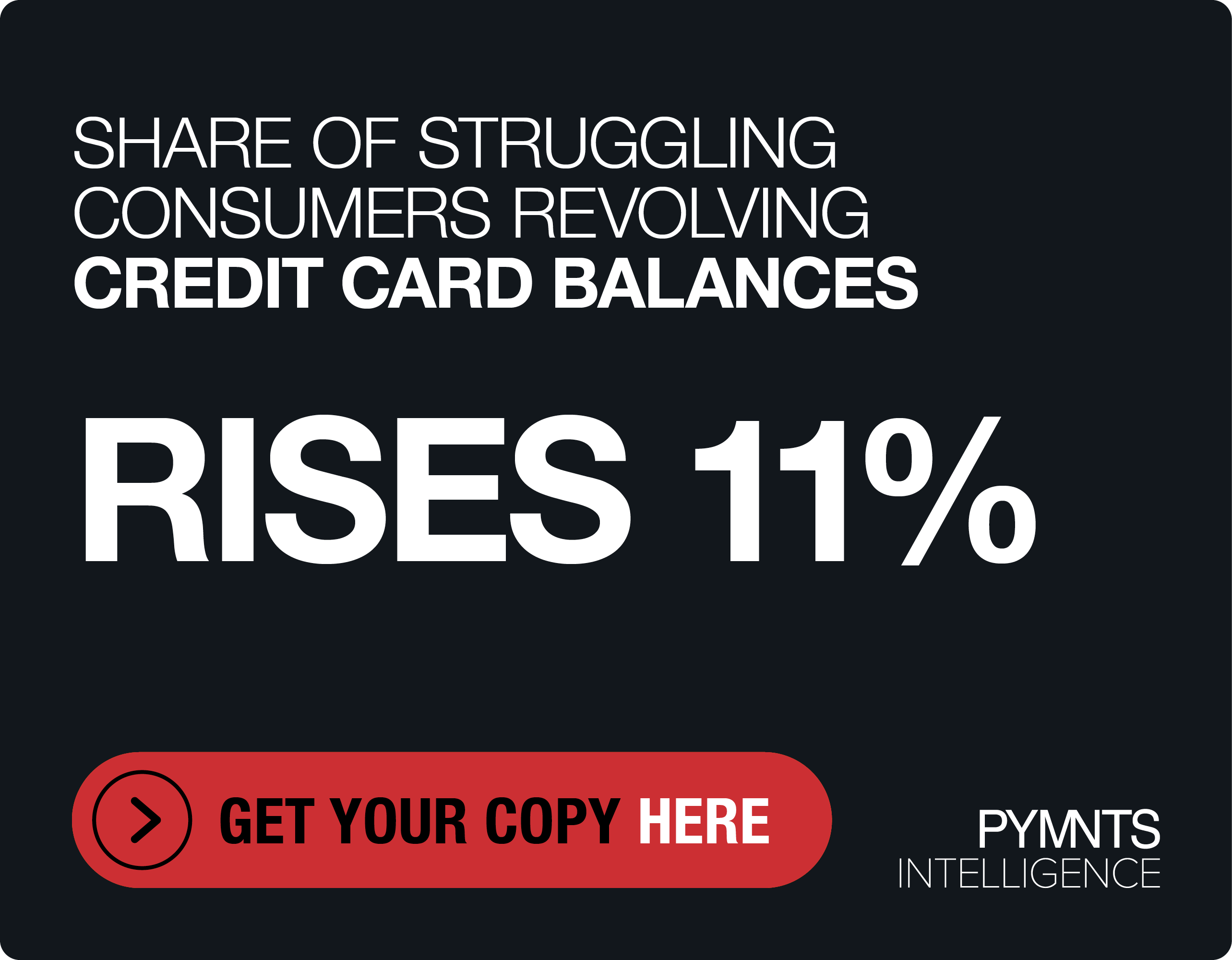After A Year In Survival Mode, SMBs Are Now Getting Social
At this point, most surviving small and medium-sized businesses (SMBs) on Main Street have already adapted to the realities of the coronavirus and the touchless demands of consumers and have become seasoned practitioners of digital commerce, whether that’s online ordering, curbside pickup or deploying QR codes.
In fact, PYMNTS’ most recent 2021 Main Street Business Survivor Study found the average small store now operates three distinct sales channels — their physical storefront, an online store, and increasingly, some kind of social media marketplace too.
See more: After Vaccines: What Mass Vaccinations Mean For Main Street Merchants
“Small business owners are shifting to social media to help capture customers they might not have otherwise been able to communicate with,” Holly Wade, executive director of the National Federation of Independent Business Research Center told PYMNTS’ Karen Webster.
Social media, she said, is a vital channel for smaller businesses to reach out to their local communities and make people aware of what they’re doing, whether that’s adjusted opening hours or new ways of selling their goods and services.
“It’s becoming increasingly important during the pandemic, with shifting business operations,” Wade said. “Small businesses need social media to make sure they’re competitive with other businesses in the area.”
Read more: NFIB: Labor Shortage Hurts SMBs’ Optimism
Not in the Comfort Zone
Like any new business undertaking, the social shift has not always been easy, as many SMB owners had little to no experience with social media prior to the pandemic.
“There are a lot of questions and there is a lot of anxiety about how to use platforms like Facebook and Twitter in the best way they can,” Wade said.
Others have adapted more quickly. Besides social media, many small businesses have turned to digital tools in order to accept different forms of payment, for example, or to attract more customers to their business both online and offline. Digital platforms have also helped aid many as they try to work around the well-documented supply chain challenges that COVID-19 has caused.
“It’s a lot of stress for many small business owners, but they’re navigating as best they can and using everything that’s available to them,” Wade said.
Hi, Neighbor
The transition to digital tools and social media sales channels has meant that many smaller businesses are approaching the Thanksgiving and Christmas holidays differently than they traditionally would.
“This year it’s a little different, they’re utilizing their community support networks more, their local chambers of commerce and other types of organizations that help promote small businesses,” she said. “What they’re really doing is reaching out to make sure those in their area think about patronizing small firms and making sure people now they’re open and servicing customers.”
You might like: NFIB: 46 Pct Of SMBs Have Unfilled Job Openings
Wade said she’s hopeful that compliance issues and mask mandates that local businesses have struggled to comply with will slowly disappear within the next few months. But she believes the other adjustments, technology-wise, are more likely to be permanent changes. That’s certainly not a bad thing though, she insisted.
“Don’t be afraid of adjusting how you find applicants to fill those open positions,” she said. “And don’t be afraid of talking to other small business owners in your area about how they’re navigating the pandemic.”
Wade said that overall, despite continued anxiety of many small businesses, most have transitioned to the reality of pandemic life rather well. Now, with what appears to be a light finally appearing at the end of the tunnel, she’s optimistic SMBs will have a much brighter future.
“For those who are able to stick through the pandemic there will be a much stronger small business sector at the end of it,” she said.
